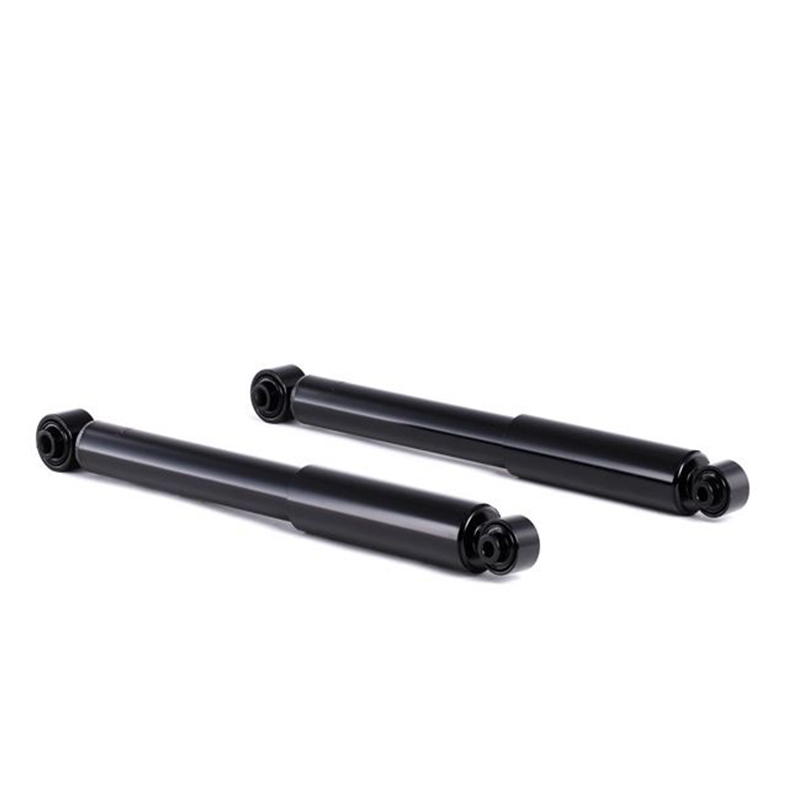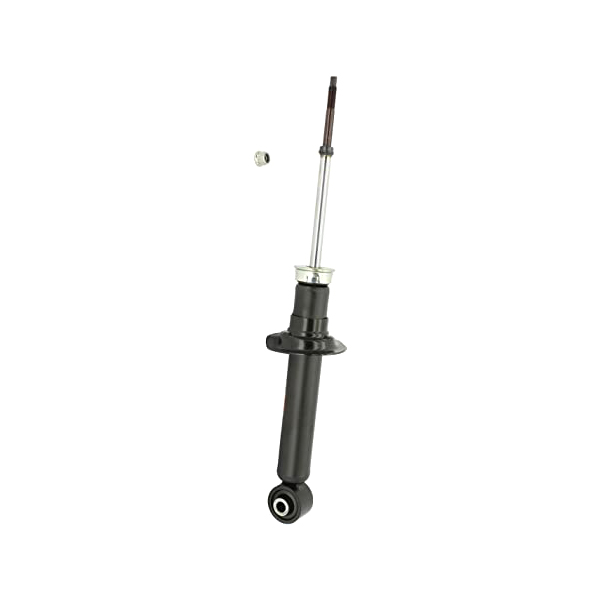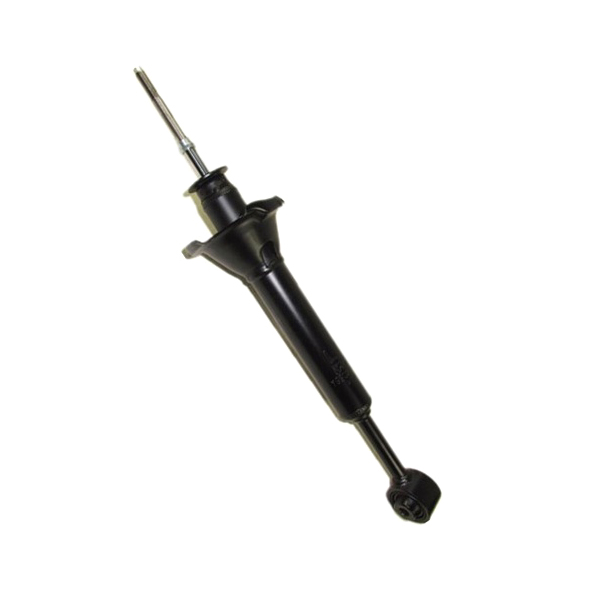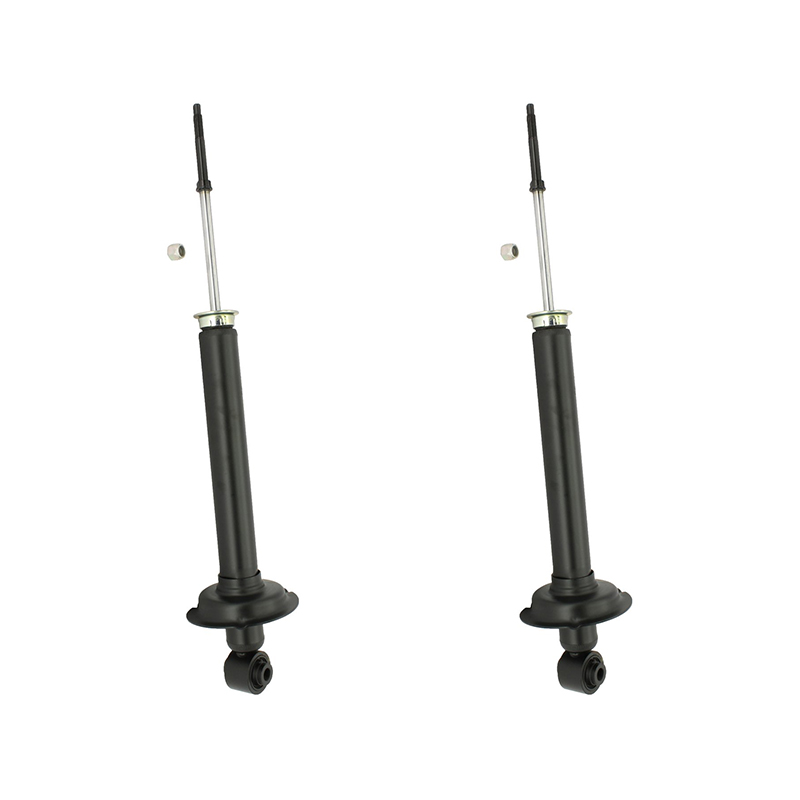Strut Assembly Parts: The Core Guarantee of Driving Stability
 2025.08.01
2025.08.01
 Industry News
Industry News
In modern automotive chassis structures, the strut assembly plays a crucial role, directly impacting vehicle handling, comfort, and safety. As the key component connecting the body and suspension system, strut assembly parts are not only becoming increasingly complex in terms of structural design, but also undergoing continuous evolution in terms of materials, processes, and assembly requirements.
Strut Assembly Structural Structure and Functional Positioning
The strut assembly is a core component of the automotive suspension system. Its fundamental function is to integrate the elastic support and vibration damping elements of the suspension system, while simultaneously transmitting dynamic wheel loads to the body and controlling wheel trajectory. It serves as both a force transmission component and a guide, also performing certain energy absorption and vibration isolation functions.
A typical strut assembly structure consists of multiple key sub-components, such as the strut cylinder, spring seat, shock absorber, bearing, upper and lower mounting brackets, dust shield, and bump stop. The coordinated function of these components ensures that the strut assembly provides both rigid support and effectively absorbs road shock, preventing abnormal movement or noise in the suspension system.
Functionally, the strut assembly regulates the vehicle's vertical, lateral, and longitudinal loads. Its structural stiffness and vibration damping properties directly impact the vehicle's dynamic response during cornering, braking, and acceleration. The strut assembly in the front suspension, in particular, even serves as a steering pivot during steering, placing extremely high demands on its structural strength and rotational accuracy.
Materials and Manufacturing Processes: Engineering Considerations for Combining Rigidity and Flexibility
With the trend toward lightweighting, the material selection for strut assembly components has been continuously optimized. In the early days, most strut cylinders were made of carbon steel to ensure structural strength and processing stability. With the increasing popularity of aluminum alloys and high-strength steel, some strut components have begun to utilize composite materials or lightweight metals to reduce overall weight without sacrificing structural strength.
In terms of manufacturing, strut cylinders are typically formed using deep drawing, spinning, or seamless tube processing to ensure high axial stiffness and excellent fatigue resistance. The internal shock absorber components, in turn, require high-precision assembly, particularly the precision of the piston rod and seal, which is crucial to the stability and service life of the vibration damping performance.
Surface treatment is also crucial. Exposed components typically undergo corrosion protection through coating, electrophoresis, or anodizing, while internal seals must consider oil compatibility, temperature resistance, and wear resistance. These technical details work together to create a reliable, durable, and stable strut assembly system.
Technological iterations are driving the intelligent evolution of strut assemblies.
As automotive intelligence continues to increase, strut assembly components are also evolving toward electronic control, sensing, and adjustability. Some high-end models are now equipped with strut assemblies equipped with electronic control systems, enabling real-time adjustment of shock absorber damping force based on road conditions, vehicle speed, or driving mode.
Intelligent strut systems incorporate a variety of sensors, such as accelerometers, travel sensors, and temperature sensors, enabling real-time monitoring of vehicle dynamics and adjusting damping response via a central control unit. This technology not only enhances ride comfort but also significantly improves vehicle dynamic safety, particularly during emergency braking, aggressive maneuvers, or complex road conditions.
In the future, as drive-by-wire chassis, active suspension, and integrated vehicle control systems mature, strut assemblies may no longer serve as passive "actuators," but rather as "intelligent nodes" that participate in real-time vehicle dynamic management. This places higher demands on the structural design, electronic integration capabilities, and durability of strut components, driving the transformation and upgrading of the entire automotive parts industry chain.
Systematic Considerations for Assembly Precision and NVH Optimization
During vehicle assembly, the assembly quality of the strut assembly significantly impacts the overall vehicle's ride quality. Its connection method, tightening torque, and installation angle must all be strictly controlled. Failure to do so will cause positioning deviations, unusual handling noise, or abnormal wheel angles, further impacting vehicle handling stability and durability.
In the chassis system, the strut assembly also plays a crucial role in optimizing NVH (noise, vibration, and harshness). Its connection to the vehicle body, such as the shock-absorbing pads, metal connectors, and buffer blocks, requires precise design and material matching to filter out high-frequency vibrations and low-frequency shocks.
During the testing phase of strut assemblies, modern automakers employ dynamic loading systems that simulate road conditions to test component fatigue life and resonant frequency, verifying their response stability under varying loads and frequencies. This systematic testing approach ensures reliability and comfort over tens of thousands of kilometers of real-world operating conditions.
The development trajectory of strut assembly parts reflects the automotive industry's evolution from mechanization to intelligence, and from standardization to personalization. From structural design to material selection, from processing to intelligent control, the engineering depth and breadth of innovation embodied in them are continuously expanding. In the future, with the advancement of new energy vehicles, autonomous driving, and intelligent chassis, strut assemblies will no longer simply be "load-bearing components" supporting the wheels, but will become a key component of the vehicle's dynamic intelligent control system. For the entire automotive industry chain, continuously focusing on and promoting technological innovation in strut assemblies will be a strategic pillar for improving vehicle performance and market competitiveness.
 EN
EN  English
English Español
Español








 +86-13757453333
+86-13757453333  +86-572-8355557
+86-572-8355557  Caroline@gerep.cn
Caroline@gerep.cn  No. 36, South Zhenxing Rd., Zhongguan Town, Deqing County, Huzhou, Zhejiang, China
No. 36, South Zhenxing Rd., Zhongguan Town, Deqing County, Huzhou, Zhejiang, China 